Our team returned to Chile for the second time this preseason, this time going south from Santiago to Nevados de Chillan, a resort which looms below the Chillan volcano. This mountain offers us unique training opportunities as we arrive after the resort has closed to the public for the season. With the entire mountain available to us, we essentially get our pick of any run and work with the grooming staff to prepare it however we like. This includes creating our own downhill run far above the highest lift of the resort, carving it out from between the rolling slopes below the volcano. It was one year ago at this same resort that I returned to snow for the first time since my knee injury. Back to full strength this time around, I was looking forward to skiing more of the mountain and getting on the speed track that I missed out on last time.
This second camp had a different feel compared to the first one for a number of reasons. On the one hand, we faced more challenges with weather as two significant storms came through bringing heavy snow, rain, and warmer temperatures. We also had our team mental performance coach and ACA media staff on site for the first 5 days, which packed our afternoons with meetings, interviews, and other responsibilities. However, this trip also had a more relaxed feel for me personally as I had just completed the two online university courses I had been working on through the summer. I’m not sure I realized it at the time, but in hindsight I think the added stress of studying for much of the afternoons during our first camp added significantly to my mental fatigue by the end of it. I didn’t write much about it in my previous blog post, but I must admit I was struggling a bit with burnout when we returned from our first Chile camp. With those extras behind me, I felt like I had a much greater mental battery through this block.
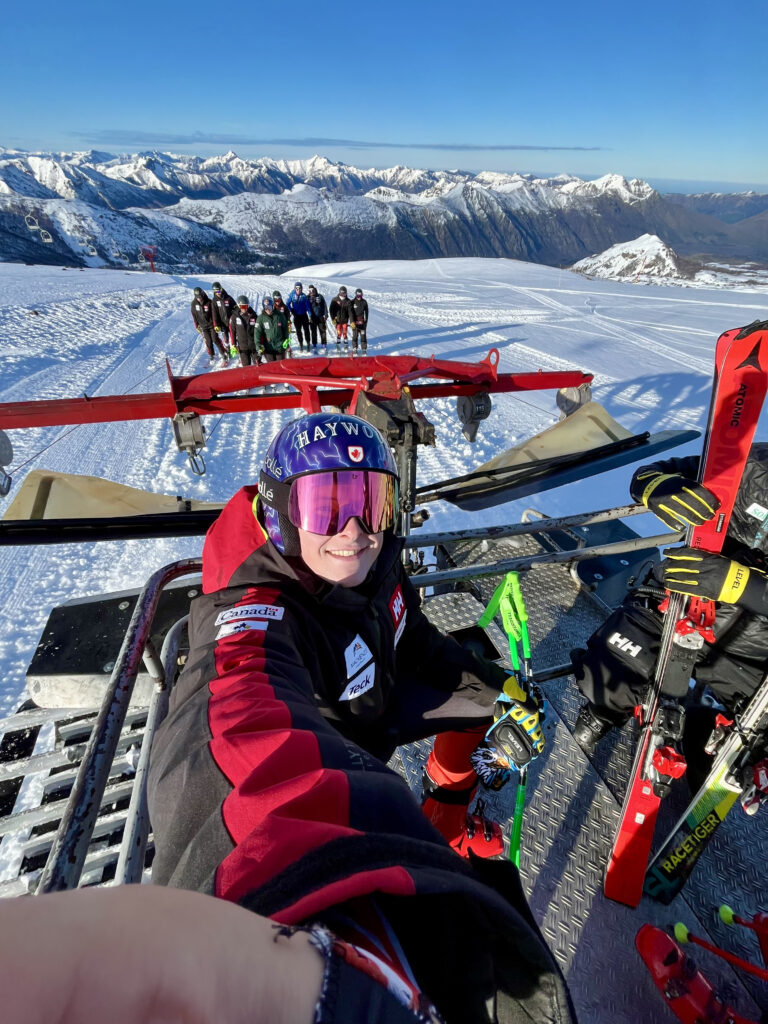
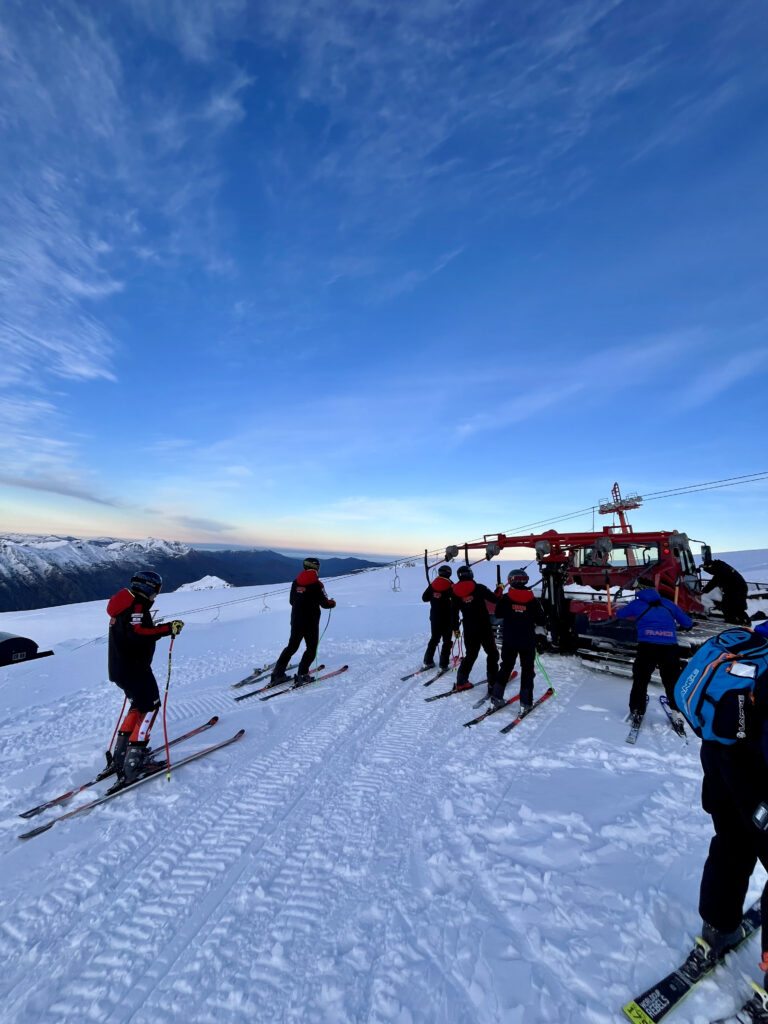
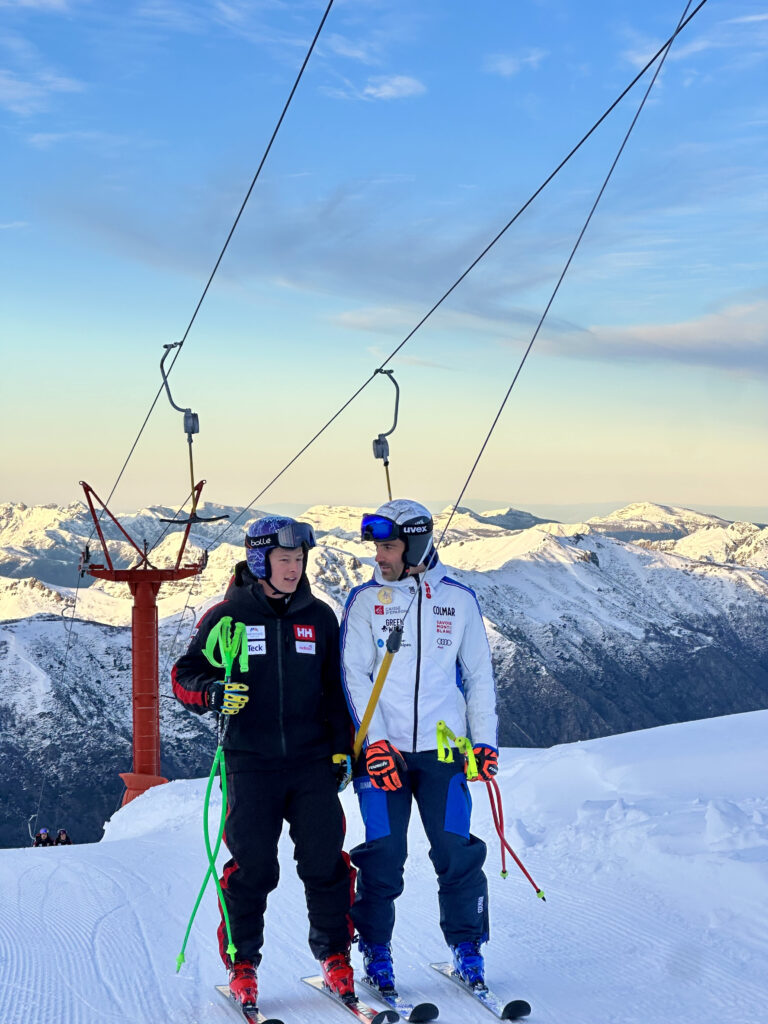
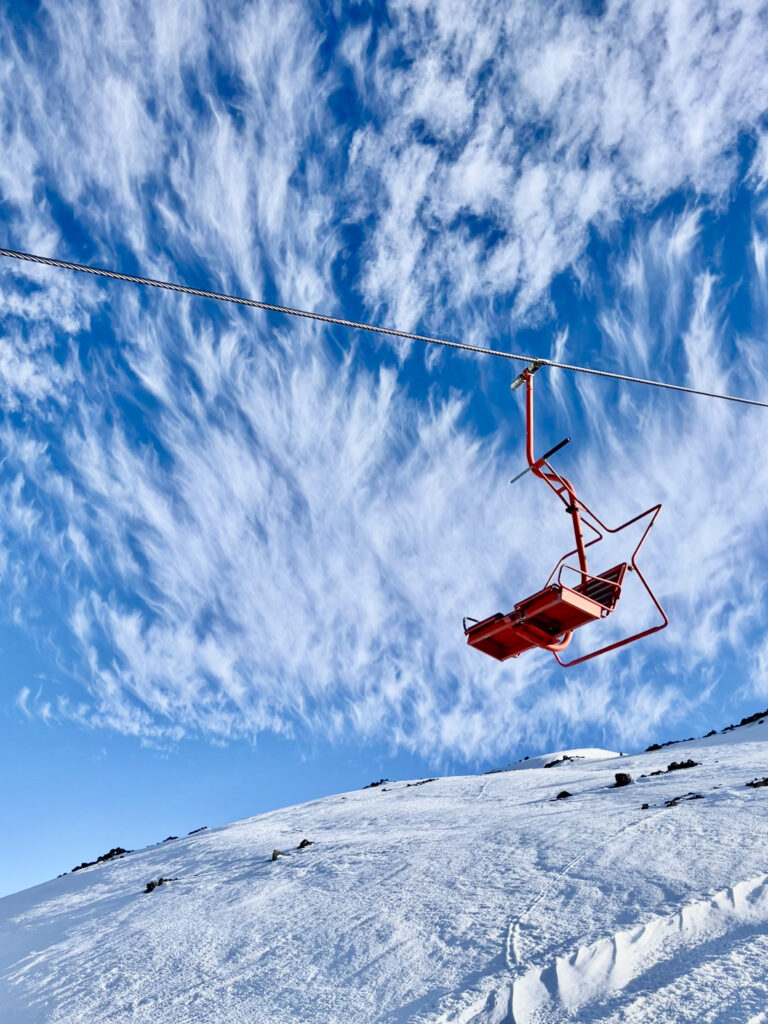
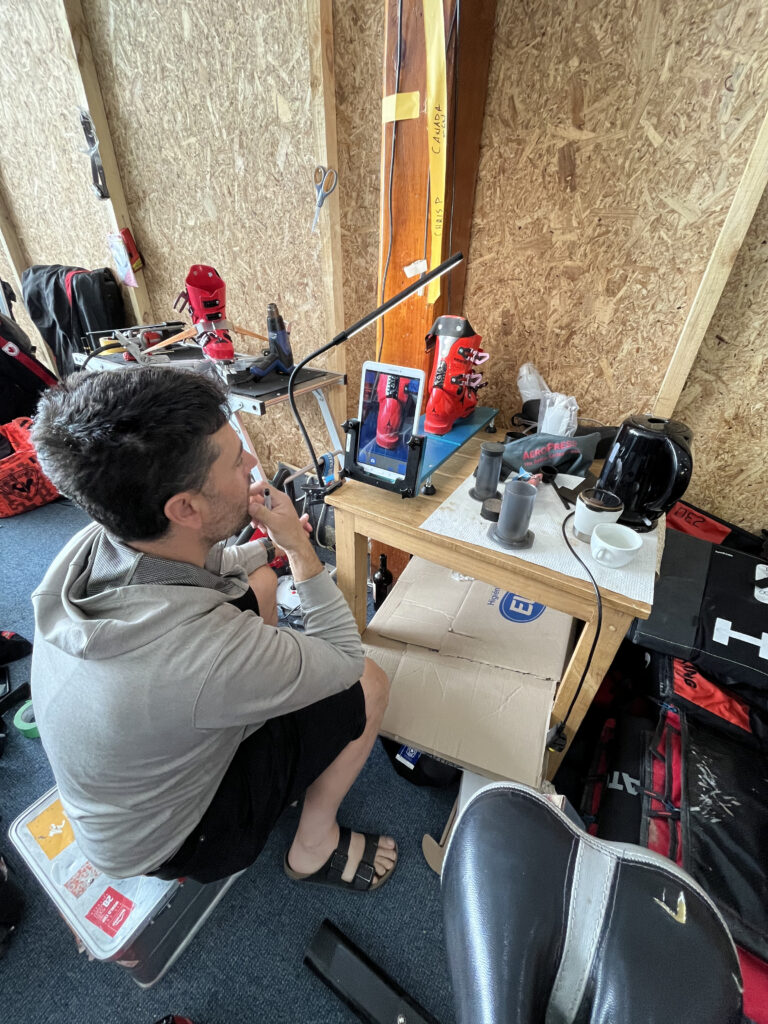
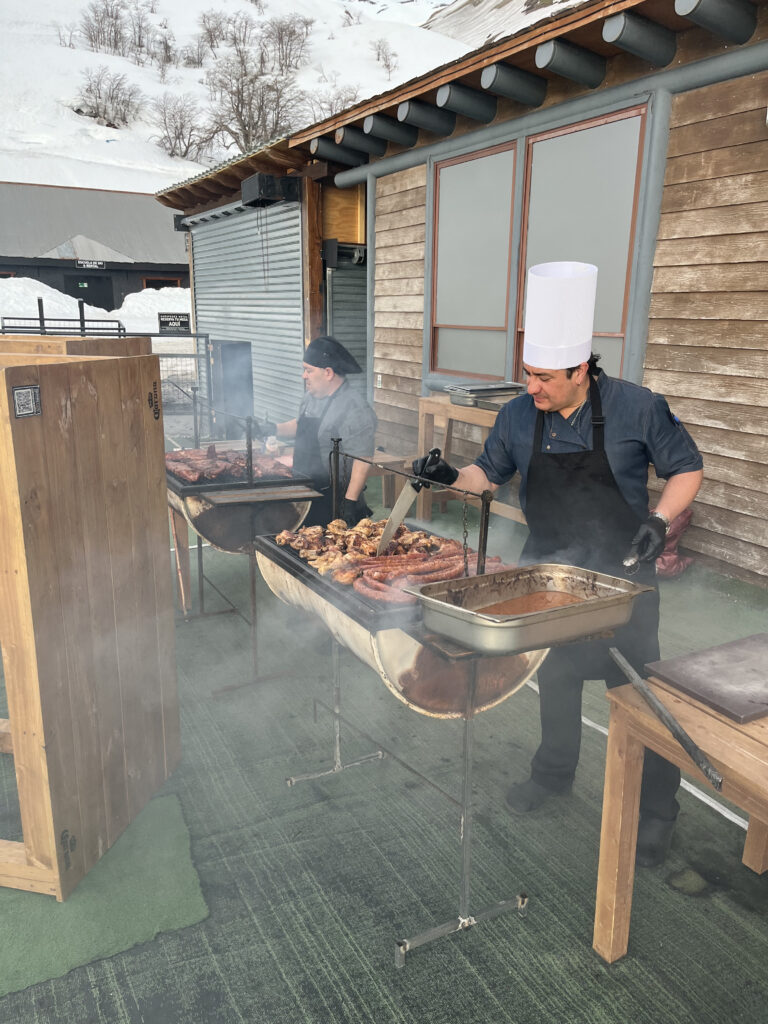
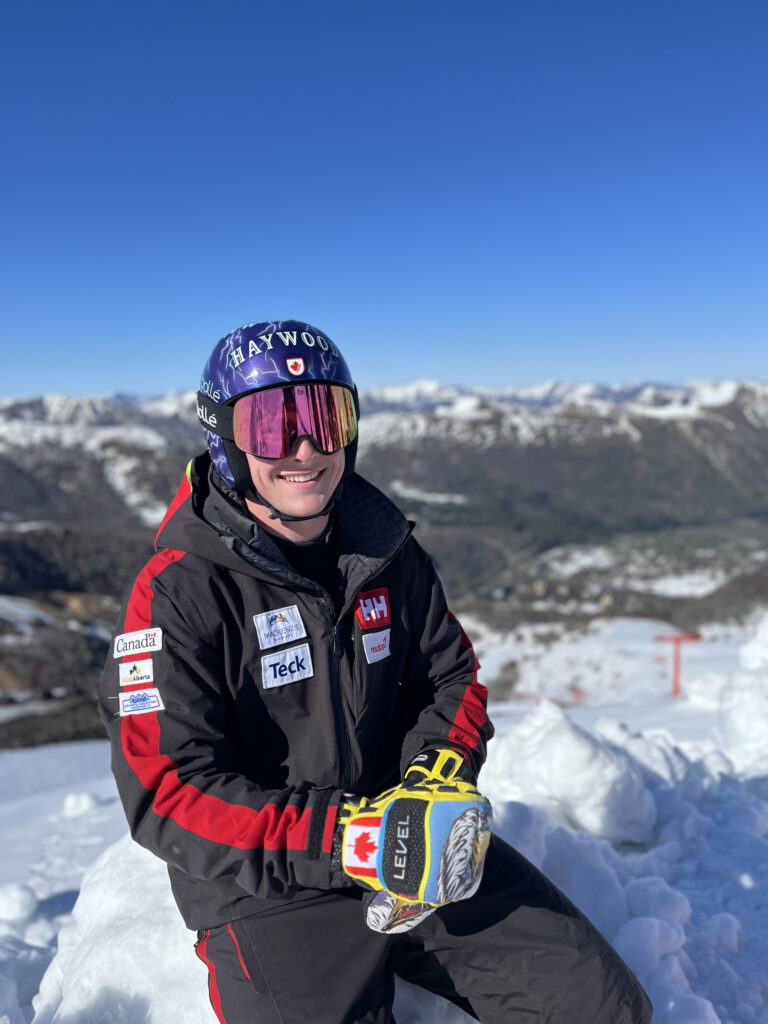
We began with a three day GS block before getting shut down for two days by the first storm which brought heavy, wet snowfall. Once the weather improved, we pushed through six days in a row to make the most of our time. The temperatures warmed as the second storm approached, and we had to battle through a few days of quite soft snow and even one rainy super G session. To our coaching staff’s credit, we did absolutely everything we could to create a high quality training environment. This included taking the time to throw salt on our entire course on more than one occasion. Skiing speed on soft or salted snow is not the most fun thing, but we also recognized the importance of preparing for those conditions in the somewhat likely scenario of encountering the same thing at a venue like Garmisch this upcoming season. The second storm forced us off snow for another two days, before we finished strong with great conditions over our last couple sessions. For the entire three weeks we had been eyeing a run called Humuel for super G training. This run has a couple challenging pitches and turns; aspects I would say are more comparable to World Cup. The snow and grooming hadn’t been cooperating on that run, but finally on the last day of the camp we were able to make it work. The majority of our other training days had been on much more moderate slopes, and to be honest I was struggling a bit to figure out how to be fast on that type of terrain. Gliding has never been my strong suit, but after a number of days struggling to find something that would show an improvement in my times, the frustration was building a bit. I was very much looking forward to getting on the more challenging Huemul run to see if I could find some more mojo there. With a harder surface and bumpy grooming on our last day, I was pleased to find that my performance improved a lot. With that, it felt like the camp came to an end on a positive note, and we set off on the 40-hour journey home.
Having our team’s mental performance coach with us on a trip like that is a rare thing. Our group has been working with Dr. MacNeill for a number of years now, and I will be the first to attest to the benefit of having those resources available in a high-performance environment. I believe all the athletes on our team agree about that benefit, and we each take the time to work individually with Dr. MacNeill as needed. For some it means having more regular conversations, while others prefer a less frequent touch point every now and then. This underlines the importance of addressing the individual needs within the group, but we have also taken it one step further. On a trip like this one, we use the opportunity to focus on team culture. For us, this means discussing what we want the culture within the group to look like, beginning with our shared values. We do this as a whole; staff and athletes together to make sure we have the same vision. Discussing these things can sometimes feel uncomfortable for some, but that only highlights the importance of having trust within the team and respect for others’ opinions. Our group is a unique one as many of the athletes grew up skiing together and have been friends for a long time. Because of this, we have a fairly strong culture to begin with, yet we have still made this process of better defining it a priority. I won’t share the specifics of what we came up with, as I believe that is something sacred to us. I simply hope that it can be an example to others of how much a strong group dynamic can elevate the outcomes in this individual sport.
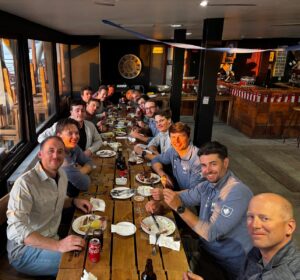
We also had two new invitees to the speed team on this trip, Kyle Blandford and Raph Lessard. It was nice to have some fresh faces since our group hasn’t had that in a while, and the guys fit in really well. We are a tight-knit group that I can imagine may seem hard to break into, but these two brought a great attitude and fit right in with our squad. Both are currently managing commitments to NCAA ski teams while continuing their pursuit of speed racing because our team does not currently have the resources to run their program. They showed great promise among our group and I hope to see it continue for the sake of our team’s future.
Next on the schedule is a few weeks of R&R at home before we take off for the season. We’ll be picking things up again in Nakiska and Panorama in November for the final prep before the Beaver Creek World Cup. As always, feel free to leave a comment below if there’s anything you would like to hear more about.
Cheers,
Brodie
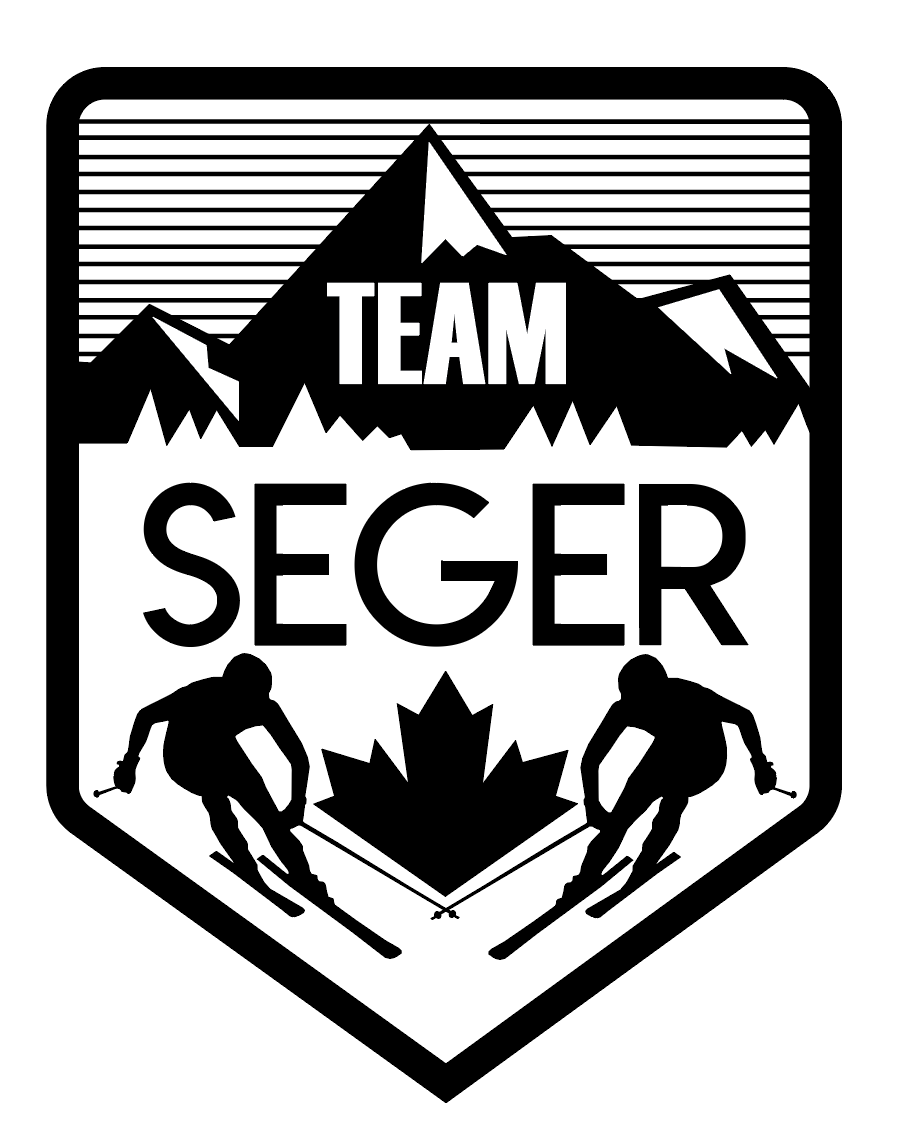
Well done Brodie, thanks for the camp report. The last time we trained in Chilean the snow was so firm , it ice burned the skis, and we trained SG, GS and SL for the trifecta for daily training. Don’t play the hotel staff in soccer either.!
Regards. Gord Brown
I’d love to hear some personal anonymous anecdotes of situations where athletes deal with fear in racing, and how a crash can affect how you’d re-approach coming back to conquer fear. I’d also be curious to understand how a mental coach works with their athletes in tangible/ concrete situations from a session and how that’s actually applied any moment in real time. Do they join you on the ski hill to apply what they give you? Or is it delivered just in communication in a session and your responsibility as an athlete to apply what they’ve given you, or do they fade in and fade out depending on athlete preference?
Hey Kelly, thanks for the questions.
I’m sure you can imagine there is always an element of fear in downhill racing. Personally I have found this to vary quite a bit depending on the course and the individual circumstance, such as whether I have been feeling confident or not leading into it. I think it’s first important to distinguish between fear and nervousness, which requires a bit of a self-checkin before the race. It’s of course normal to be nervous, sometimes because of internal pressure for a result, and sometimes because of the course itself (such as with Bormio or Kitzbuhel). Nerves can shut you down if you let them, but they can also heighten your senses and lead to even better performance if you can channel them properly. I believe this is where guidance from a mental performance coach can shine through. In my experience, the greatest benefit is in helping each athlete better recognize what their tendencies are in different situations. At the end of the day you’re more or less alone in the start gate and need to know how to bring yourself to the right headspace regardless of where you’re at on the day. I think that talking through these situations out loud is underrated, and the job of the mental performance coach is to help you better understand yourself and provide tools for various scenarios. You’re absolutely right that it’s a very individual thing, and some athletes will be better at going through this process on their own. The majority of the tools I use are about arousal control. This means doing a personal check-in to assess how I’m feeling, whether there are nerves and why, accepting what I’m feeling and reflecting on what I need depending on the situation. This helps me figure out if I need to ramp myself up or calm myself down to get to an optimal arousal level. I often use breathing techniques such as physiological sighs when I need to calm my nerves. Sometimes I will increase or decrease the intensity of my warmup skiing depending on whether my body is feeling ready of the demands of the race course. Whatever it may be, I believe it’s the sole responsibility of the athlete to know how to apply the things discussed with the mental performance coach. To your point, they are almost never with us at a race venue, and most often are on the other side of the world from us. Some athletes may want more frequent touch points to help debrief how things are going with implementation of tools, and some prefer to leave it until they encounter a particularly troubling time. Having said that, the mental performance coach can also help provide guidance to our team physio or technicians who are in the start with us, and help them recognize what we might need in different situations. One great example of this came from my Alpine Combined downhill run at the Beijing Olympics. The racer before me crashed hard and just as I slid into the start house I was told there would be an extended course hold. This is a classic moment when it can be very difficult not to let things get in your head as you wait in the start. Our team physio recognized this and knew exactly what I needed. In fact, he had a joke queued up for this very situation. We had a laugh, and were able to keep the mood light for the remainder of the hold. It was just enough distraction to help me stay loose but remain focused, and sure enough I had my best run of the games on that day.
To come back to your question about fear, I do want to say that an important aspect of maturity as an athlete is knowing when your fear has gone above a healthy level and is only leading to increased risk of injury. If you’re in the start gate feeling like your fear has completely sapped your confidence, then the question must be asked whether you’re better off pulling out. If you feel like there’s no way you’ll be able to perform in that headspace, then theres no sense taking on the risk. This is a line that each athlete needs to find for themself. I think our team learned a lot about this following Broderick’s injury last year. We haven’t spoken much about it publicly, but I can tell you that seeing your teammate go through an injury like that affected every one of us. We all know there are serious risks in this sport, but seeing it become real for someone close to you brings in a whole new element of fear. It definitely makes you think a bit more the next time you push out of the gate. It was a different battle for each of us, and I’m not sure I have a clear answer on how to deal with it. You do what you can to build back your confidence and be patient with yourself. I think it helps to stay connected to your sense of purpose in the sport and why you do it, but it can also just take time.
I hope that sheds some light on your questions. All the best!